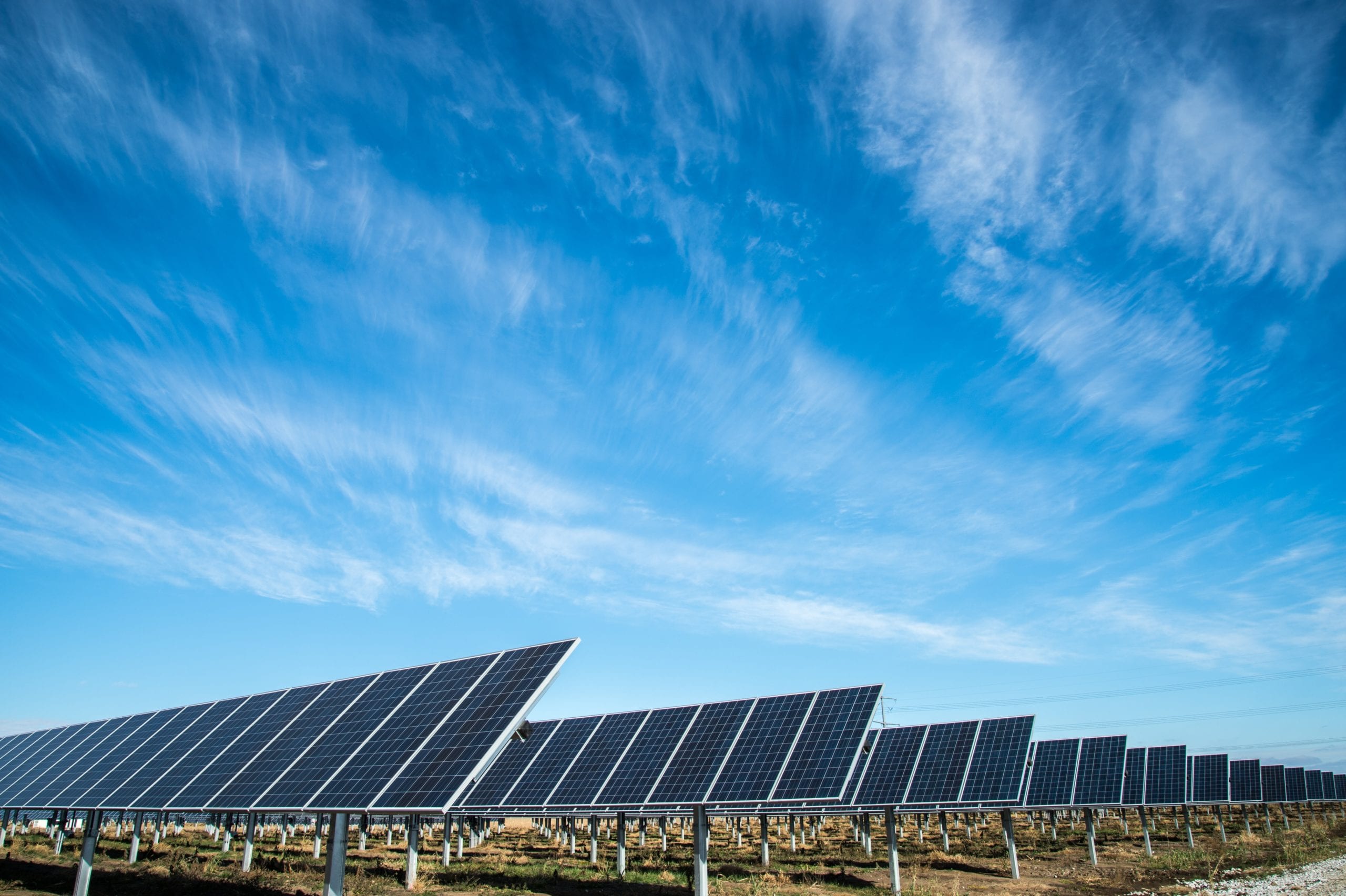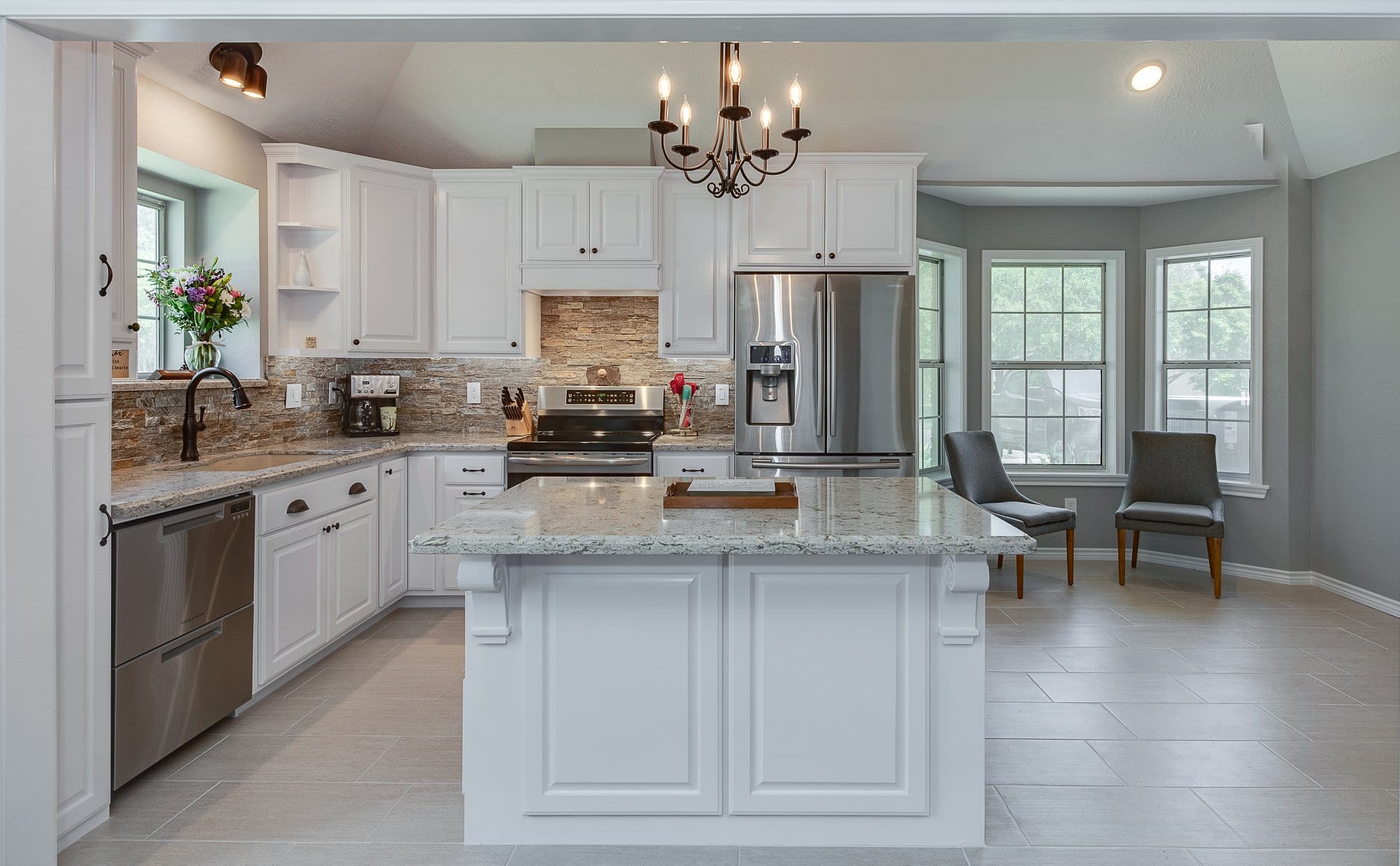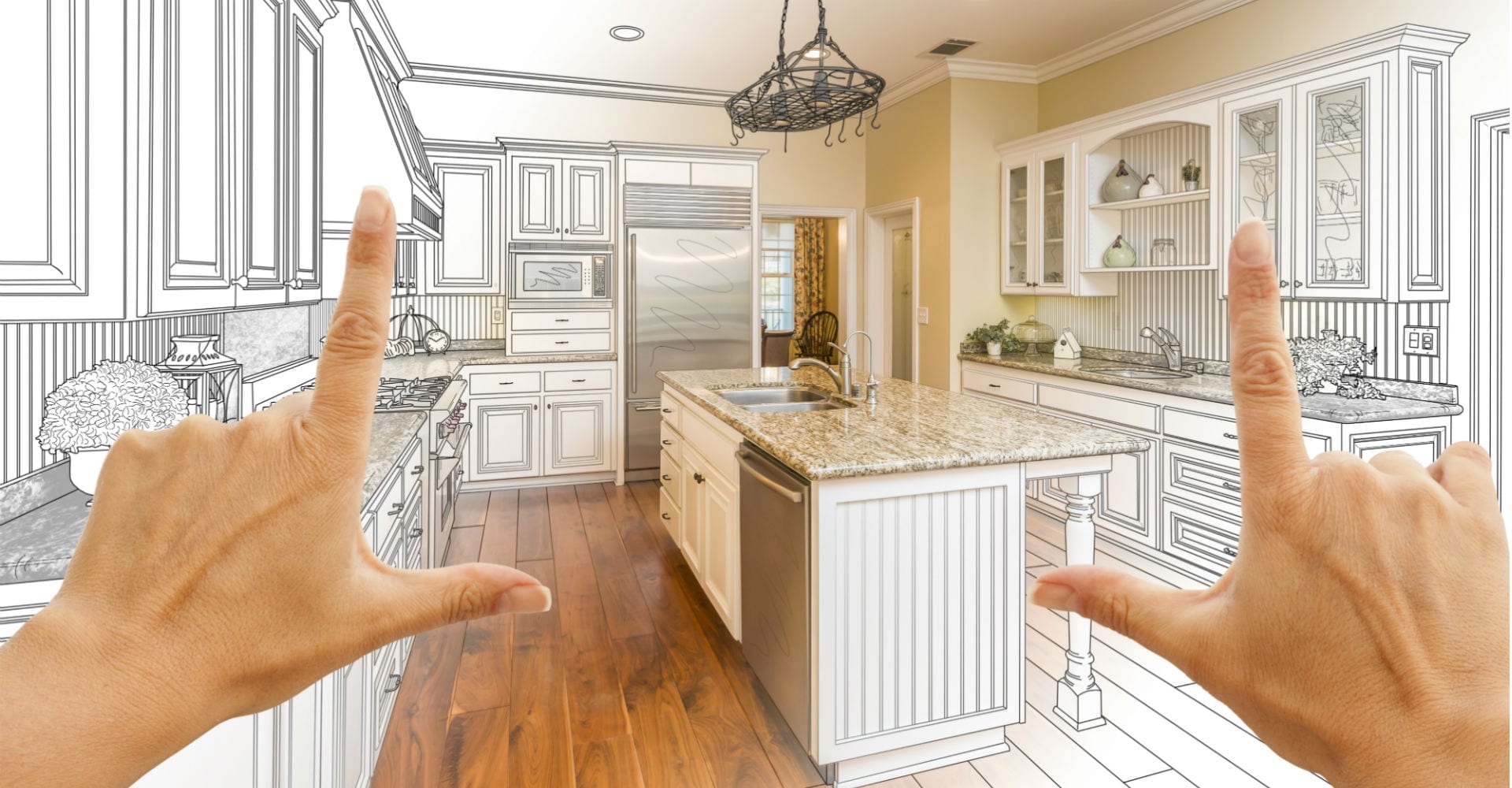In yesterday’s post Facebook we asked if you could identify the decorating idea that was greenwashing. Greenwashing is claiming something to be green that is not. It is the scourge of green building. The icon of greenwashing from yesterdays post is Bamboo. For all of the reasons listed in the article, bamboo is potentially a green product. But, for three other reasons, bamboo is not at all green. As yesterday’s article mentioned, every bit of bamboo is shipped across the Pacific Ocean. Not only does this require a large amount of fuel, transoceanic transportation also contributes to destruction of marine habitat.
Bamboo is harvested in very unsustainable methods causing loss of soil and habitat. Though it is seldom associated with bamboo, the sad plight of Pandas has been greatly impacted by this product. But Pandas are only the most cute and cuddly species facing extinction from this greenwashing. Who wants to walk on a new floor in a freshly remodeled kitchen knowing the high environmental cost.
Almost all Bamboo is harvested and manufactured by exploited and underpaid labor. Sustainability means taking a holistic approach. Everything has to be in balance. This includes human rights and labor issues. This is true with all products used in new home construction.
Bamboo is by no means the only example of greenwashing but it is a good example, both because of its widespread association as a green product and because of the example that it provides of the power of a reductionist and limited view in marketing. Once people hear the whole story of bamboo they easily understand why it is not really green. Nonetheless, bamboo continues to be sold as a green alternative because companies who stand to profit handsomely by telling an incomplete story continue to do so.
Another common aspect of greenwashing is what green Architect Peter Pfiffer calls eco-bling. That is things like solar panels that have high status but may not be the highest impact option. This is not to say that solar panels are not a very green option, they are. But often a smaller investment can have a higher impact. It is not uncommon for people to be encouraged to put solar panels on a low efficiency building when, for less money, they could more dramatically reduce utility costs and carbon use by improving the energy efficiency of the building.
Beware of Greenwashing, there is a lot of it out there.









